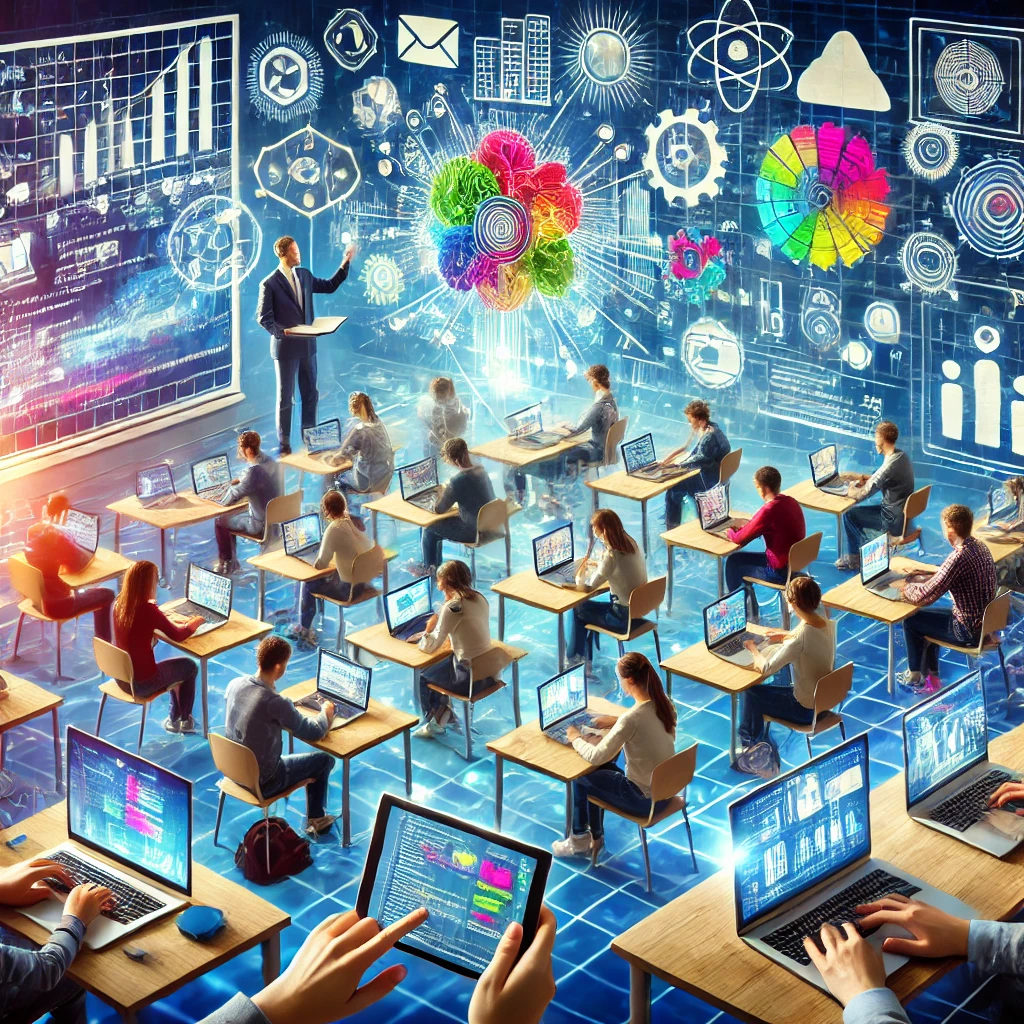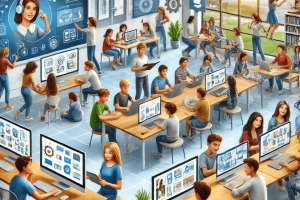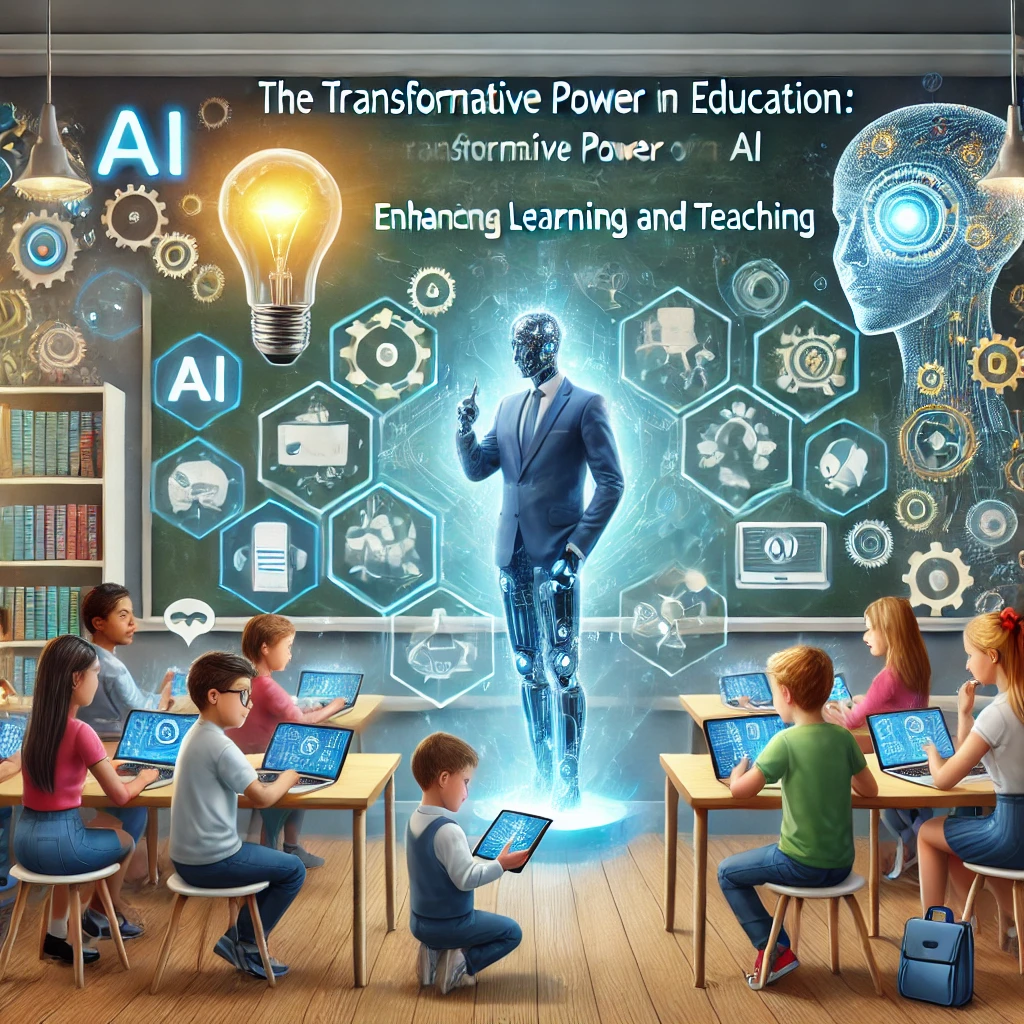18 ways to Understand Computing in Education: Transforming Learning in the Digital Age
The integration of computing in education has revolutionized the way we teach and learn. From enhancing classroom experiences with interactive tools to enabling remote learning, computing technologies are reshaping education for students and educators alike. This blog explores the profound impact of computing in education, its benefits, challenges, and the future prospects of digital learning.
The Evolution of Computing in Education
Computing in education has evolved significantly over the past few decades. Initially, computers were primarily used for administrative tasks and basic computer literacy classes. Today, they are integral to every aspect of the educational process, from interactive learning and online assessments to data analysis and personalized instruction.
Benefits of Computing in Education
- Enhanced Learning Experiences:
- Interactive software and digital tools make learning more engaging and interactive. Simulations, virtual labs, and educational games help students understand complex concepts through hands-on experience and experimentation.
- Personalized Learning:
- Adaptive learning technologies analyze student performance and tailor content to meet individual needs. This personalized approach helps students learn at their own pace, ensuring that they master foundational concepts before progressing.
- Accessibility and Inclusivity:
- Computing technologies make education more accessible to students with disabilities. Assistive tools such as screen readers, voice recognition software, and adaptive keyboards enable all students to participate fully in the learning process.
- Global Connectivity:
- The internet connects classrooms worldwide, enabling collaborative projects and cultural exchanges. Students can work with peers from different countries, gaining global perspectives and enhancing their communication skills.
- Efficient Administration:
- Digital tools streamline administrative tasks such as grading, attendance tracking, and student records management. This efficiency allows educators to focus more on teaching and interacting with students.
Computing Tools in Education
- Learning Management Systems (LMS):
- Platforms like Moodle, Canvas, and Google Classroom help manage course content, assignments, and assessments. They facilitate communication between teachers and students and provide a centralized location for educational resources.
- Educational Apps:
- Apps like Khan Academy, Duolingo, and Photomath offer interactive lessons and exercises. These apps support various subjects and skills, making learning fun and accessible anytime, anywhere.
- Virtual Classrooms:
- Tools like Zoom, Microsoft Teams, and Google Meet enable remote learning and virtual classrooms. These platforms support live instruction, breakout rooms for group work, and recorded sessions for later review.
- Coding and Robotics:
- Programs like Scratch, Code.org, and LEGO Mindstorms introduce students to coding and robotics. These activities promote logical thinking, problem-solving, and creativity.
- Data Analytics:
- Educational data analytics tools help educators track student performance and identify areas for improvement. These insights enable data-driven decision-making and personalized instruction.
Challenges of Computing in Education
- Digital Divide:
- Not all students have equal access to technology and the internet. This digital divide can exacerbate educational inequalities, particularly for students in low-income or rural areas.
- Cybersecurity and Privacy:
- The increased use of digital tools raises concerns about data privacy and cybersecurity. Schools must implement robust security measures to protect student information.
- Teacher Training:
- Effective integration of technology in the classroom requires training and support for educators. Continuous professional development is essential to help teachers adapt to new tools and methodologies.
- Screen Time Concerns:
- Excessive screen time can have negative effects on students’ health and well-being. Balancing digital and offline activities is crucial to ensure a holistic approach to education.
The Future of Computing in Education
The future of computing in education is bright, with emerging technologies poised to further transform learning. Here are some trends to watch:
- Artificial Intelligence (AI):
- AI-powered tools can provide real-time feedback, automate administrative tasks, and create personalized learning experiences. Intelligent tutoring systems and virtual teaching assistants are set to revolutionize education.
- Virtual and Augmented Reality (VR/AR):
- VR and AR offer immersive learning experiences, allowing students to explore virtual environments and interact with 3D models. These technologies can make subjects like history, science, and geography more engaging.
- Blockchain Technology:
- Blockchain can enhance the security and transparency of educational records. It can streamline credentialing and verification processes, making it easier for students to share their achievements.
- Gamification:
- Gamifying education can increase student motivation and engagement. Game-based learning platforms integrate educational content with interactive gameplay, making learning fun and rewarding.
Conclusion
Computing in education has transformed traditional learning models, making education more interactive, personalized, and accessible. While challenges remain, the benefits of integrating computing technologies in education are undeniable. As we look to the future, emerging technologies like AI, VR/AR, and blockchain hold the promise of further enhancing the educational experience. By embracing these innovations and addressing the challenges, we can create a more inclusive, effective, and engaging learning environment for students worldwide.
To read more articles like this, visit: Regent Studies



